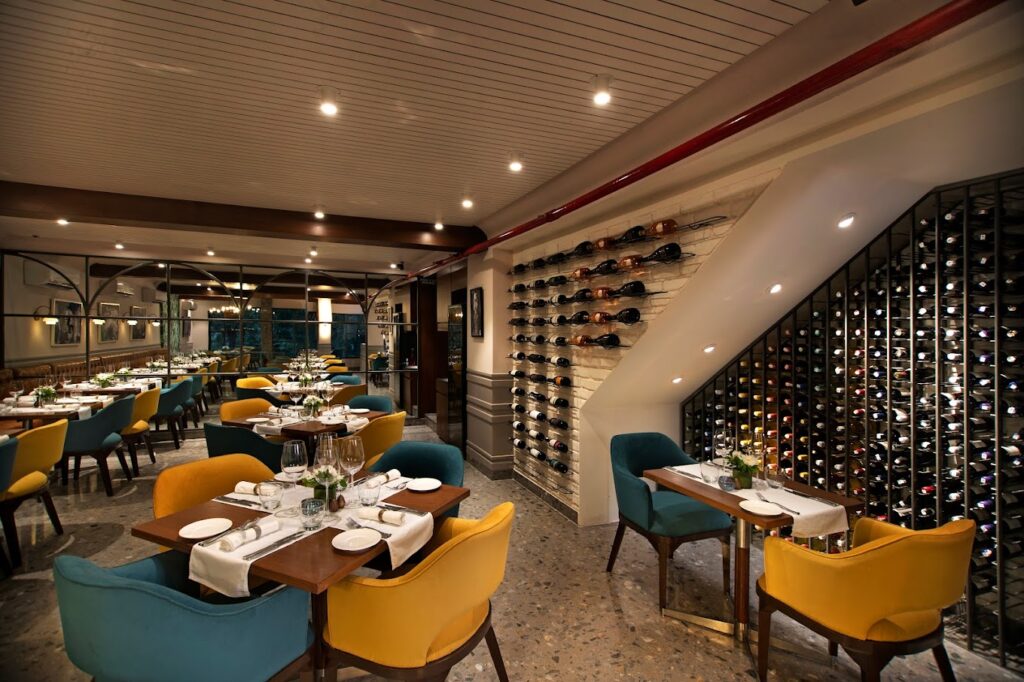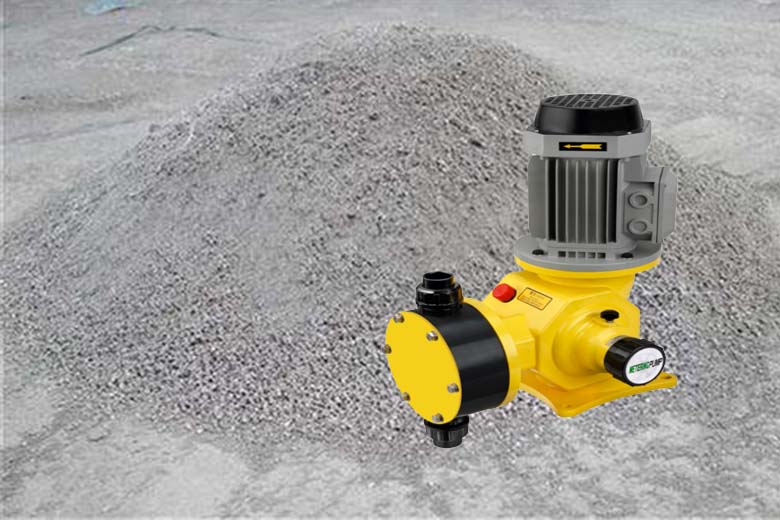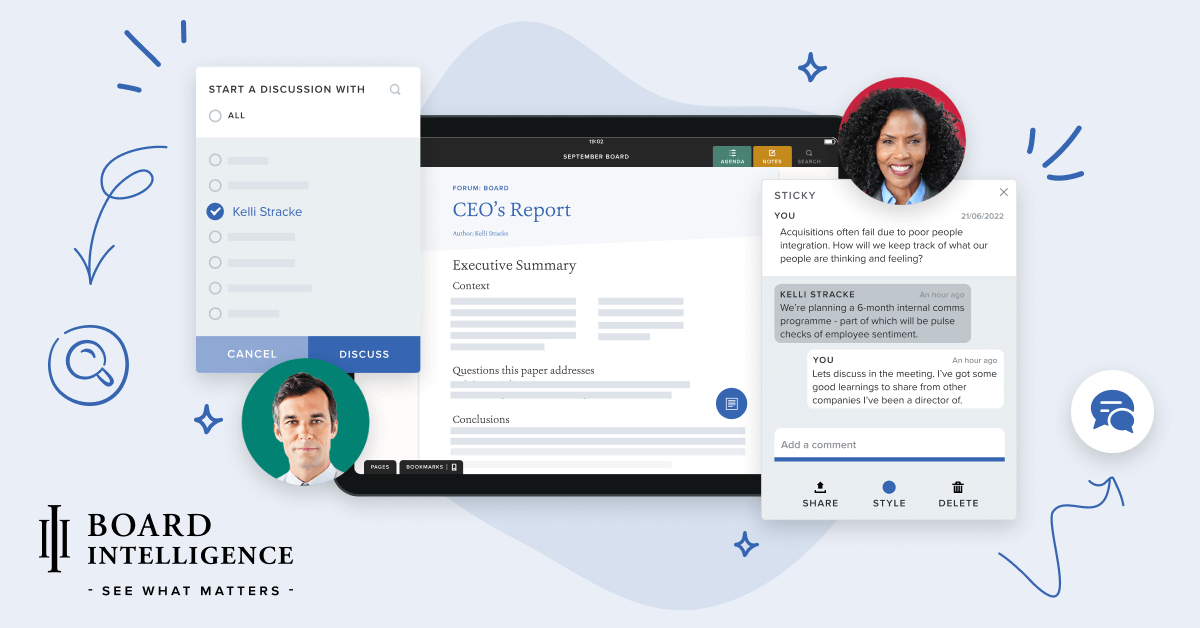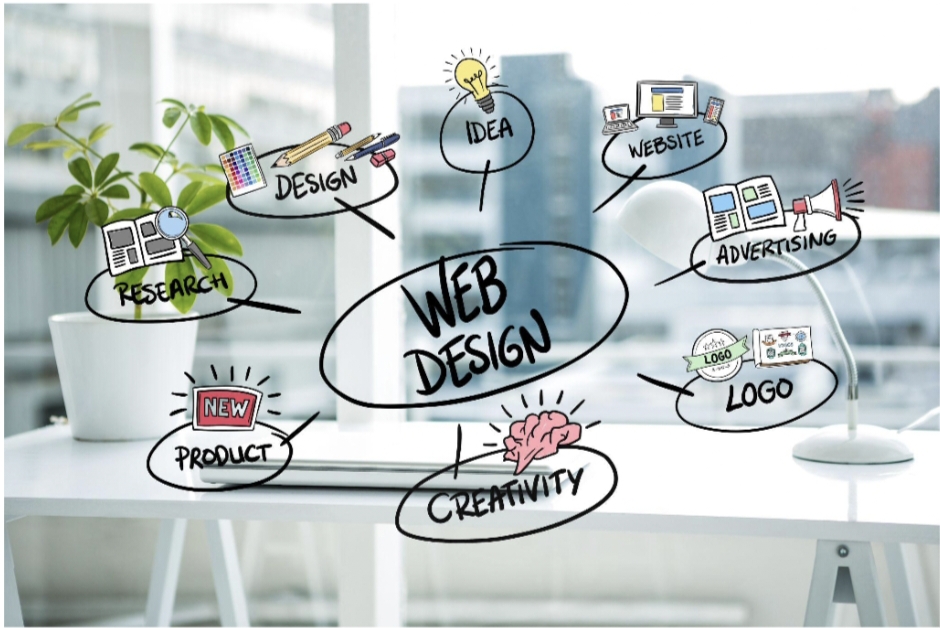When people talk about opening a restaurant, the conversation usually circles the obvious stuff—menus, chefs, suppliers, location. But here’s the thing most folks underestimate: the space itself. The design. The bones and flow. In short—Restaurant Fitouts.
Sounds a bit boring at first glance, right? Fitouts feel like the paperwork of the food world. But take a second. Walk into any eatery you love—your favourite spot in Melbourne’s laneways or that buzzing coastal café up in Byron. Chances are, you remember how the place felt before you even remember what you ordered. That’s the quiet power of smart Restaurant Fitouts. They’re not just about slapping tables in a room. They shape experience. They influence mood. They even decide how long someone lingers over dessert—or if they order dessert at all.
More Than Paint and Chairs
People think Restaurant Fitouts are mostly cosmetic. Pick some lighting. Choose a colour palette. Maybe a funky mural on the wall. Done. But no—fitouts go way deeper. It’s about flow, functionality, compliance, brand personality, and yes—comfort.
Ever been in a place where the tables were jammed so close you shared your neighbour’s conversation? Or a restaurant where the waitstaff kept bumping into each other in the narrow aisles? That’s not just poor planning—that’s bad fitout. And it kills the vibe faster than a soggy pizza.
On the flip side, a well-thought-out fitout makes everything seamless. Staff glide through the space. Diners feel relaxed. There’s just enough buzz without chaos. It feels… right. You don’t notice the design, but it’s working on you all the same.
Restaurant Fitouts as Branding
Let’s get real for a second. Food matters—obviously. But the dining experience is half psychology. The colours on the wall. The acoustics. The furniture. Even though the menu is handed to you, all of it feeds into the brand.
Restaurant Fitouts are like storytelling without words. A rustic timber bench says “cosy, home-style dining.” A slick marble counter with sharp lighting? That screams “modern fine dining.” Even casual fast eats—fitouts define whether it feels like a tired chain or a trendy hole-in-the-wall people line up for.
You can spend thousands perfecting a recipe, but if the space tells the wrong story, diners won’t come back. They’ll forget. But align the story and the food? Suddenly, you’re memorable.
The Back-of-House Reality
There’s another side nobody outside hospitality talks about—the back. The kitchen, prep areas, and storage. The unseen world where chaos either thrives or dies. Restaurant Fitouts play just as much of a role here as out front.
A kitchen with poor flow? Nightmare. Orders back up, tempers flare, mistakes happen. A smart fitout, though—stations arranged logically, good ventilation, easy access to cool rooms—saves staff sanity. And when your team’s not frazzled, the service shows it. Customers feel it too, even if they can’t quite explain why.
So yeah, Restaurant Fitouts aren’t just for the diners—they’re for the people working twelve-hour shifts behind the pass.
Money Talk—The ROI Nobody Brags About
Let’s tackle the elephant in the room. Restaurant Fitouts cost money. Sometimes a lot. And when you’re already juggling permits, suppliers, payroll—it feels like an expense you’d rather cut corners on. But here’s where it gets interesting.
Good fitouts pay you back. Seriously. Optimised seating layouts mean more covers without feeling cramped. Efficient kitchens mean faster service. That translates to higher turnover. And on the customer side, a place that feels good makes people linger. They ordered the extra glass of wine. The dessert. They come back. They bring friends. That’s ROI in real time.
Bad fitouts, though? They bleed you slowly—staff injuries from awkward spaces. Constant renovations. Customers who never return because it “just didn’t feel right.” You don’t always notice the leak, but it’s there.
Trends with Staying Power
Now, trends in Restaurant Fitouts come and go (anyone else over neon signs that say “Good Vibes Only”?), but some shifts stick. Sustainability is one. Reclaimed wood, energy-efficient lighting, recycled materials—diners notice. And they appreciate it.
Open kitchens are another. People like to see their food being made—it builds trust and excitement. Plus, it means the kitchen has to stay clean and functional, which pushes design to another level.
And let’s not forget comfort. Post-pandemic, people want space. Breathing room. Restaurants that design with a touch more distance between tables are winning loyalty. It feels safer. More considerate.
Restaurant Fitouts Aren’t Decoration—They’re Strategy
Restaurant Fitouts from Juma Projects aren’t an afterthought. They’re not just some fancy interior job for Instagram photos. Their strategy. They decide whether your place thrives or struggles. Whether customers connect with you—or wander off to the spot down the road.
And maybe that’s the whole point. Fitouts aren’t loud. They’re not obvious. But they’re powerful. The design is invisible when it’s done right. You walk in, you feel something, and you stay. You come back. You tell your friends. And it all started with decisions made long before the first plate hit the table.
So if you’re dreaming of launching a restaurant—or revamping one that feels tired—don’t skimp on the design. Treat Restaurant Fitouts as your secret ingredient. Because while food brings people in, the fitout makes them stay.





